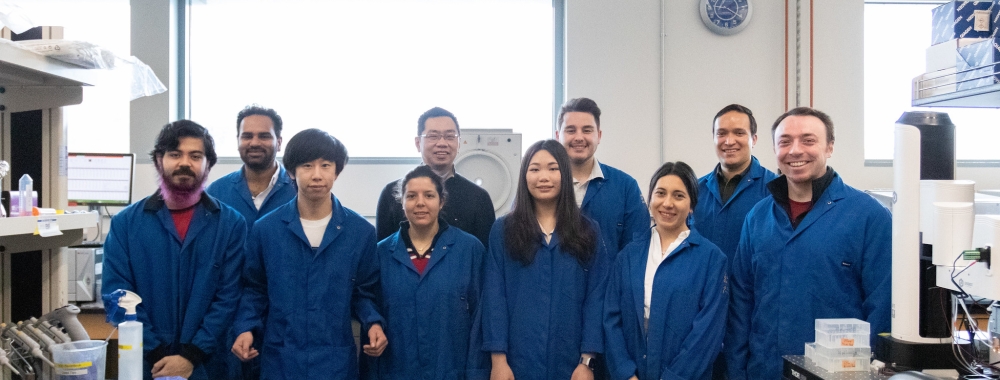Training and Tips
Risk vs. Safety
Safety is often thought of as binary – I’m safe or I’m not safe. But real life isn’t this way – it’s much more nuanced. So, instead of safety, let’s talk about risk.
Risk is the probability (odds or likelihood) or a negative outcome (impact, consequence, damage, or harm). This is often visually displayed as a risk table or matrix (see example).
An example is crossing a street. The negative outcome is being hit by a vehicle and getting hurt or dying. If I’m in a crosswalk with lights and I obey the “Don’t walk” signal, my risk is low. If I cross without looking or obeying the signal with traffic coming, my risk is high.
Although it requires a bit more thinking, risk is a much more useful, accurate, and helpful way to discuss safety.
Better and worse practices
Better:
- Team approaches that encourage support and concern for others and group goals
- Demonstrating care for the wellbeing of others
- Embed risk into our processes (discussing, assessing, communicating)
- Leading indicators / proactive (e.g., anything before an incident, checklists, discussions, risk assessing)
- Strong psychological safety (i.e., trust, all can speak up without fearing being shot down)
Worse:
- Blaming others, finger pointing, lack of personal accountability
- Rigid compliance approaches (only focusing on complying with rules to the deficit of culture focus drivers)
- Lagging indicators / reactive only (e.g., anything after an incident, injury reports, claims, OSHA recordables, lost time, etc.)
- Lack of accountability, not problem-solving, not looking for root causes
- Lack of engaging about safety culture and risk (not digging into risk odds and impacts, root causes, etc.)
Training Tips
- Assess the need(s) – some needs aren’t solvable with training (e.g., behaviors, supplies, morale, etc.)
- Develop strong learning objectives (“At the end of the session, learners will be able to …” – use Bloom’s taxonomy)
- Use an effective instructional design model of process (e.g., Malcolm Knowles adult learning principles, ADDIE)
- Create and facilitate active learning approaches and methods (and not passive ones)
- Assess the specified learning competencies (and tests aren’t usually the best way to do so)
- Evaluate the learning activity (use Kirkpatrick’s 4 levels)
- Make changes for better effectiveness (because there is always a next time!)


